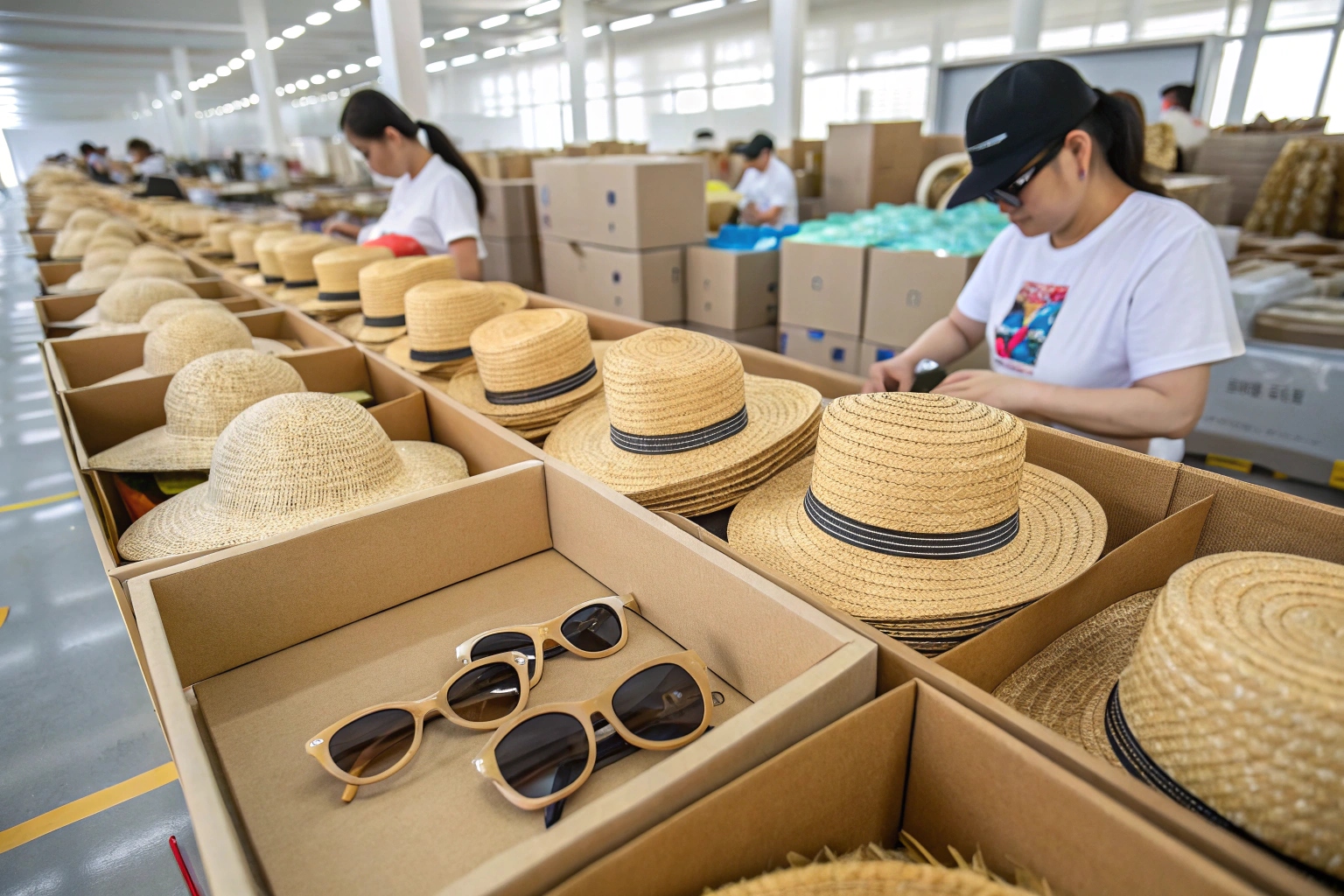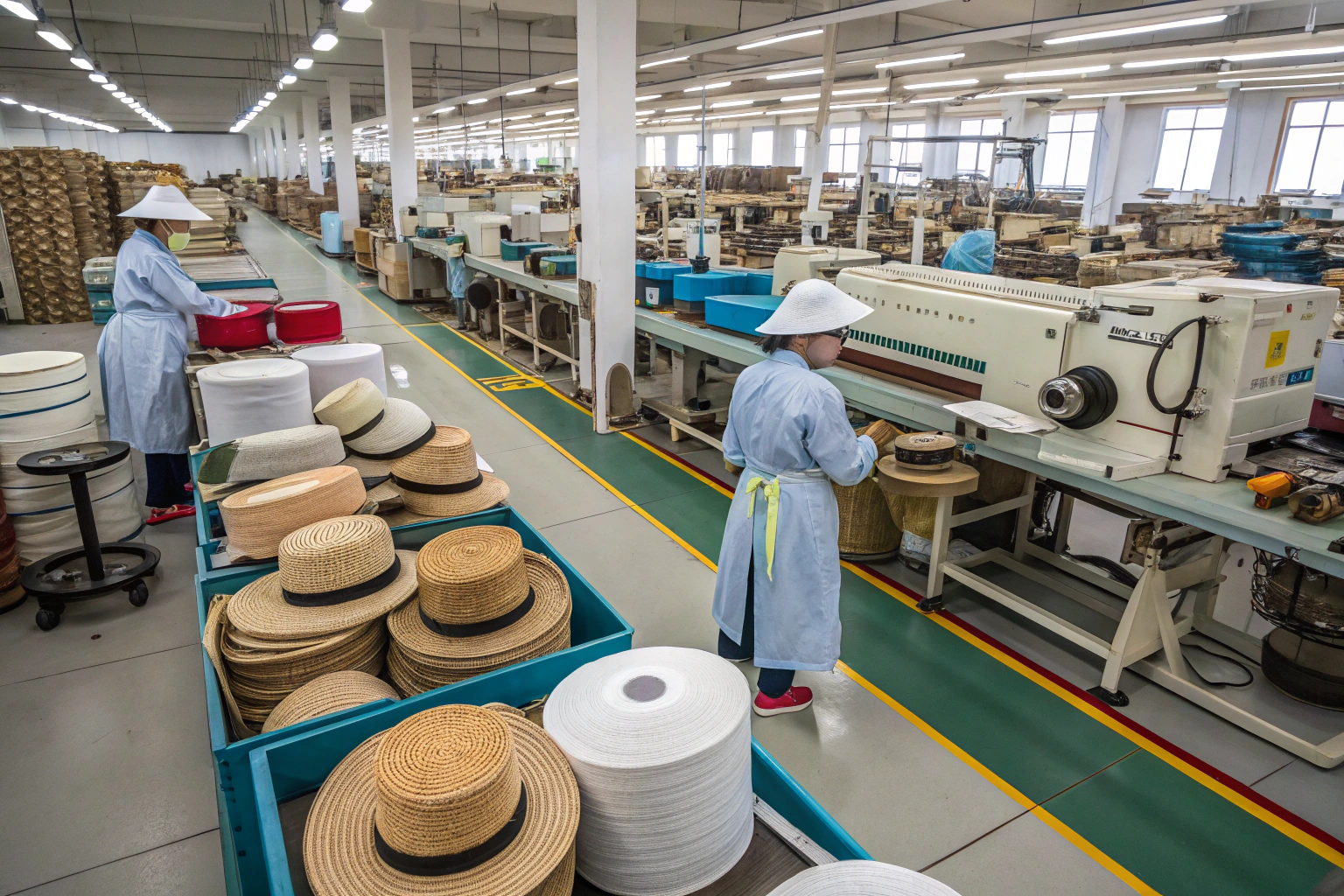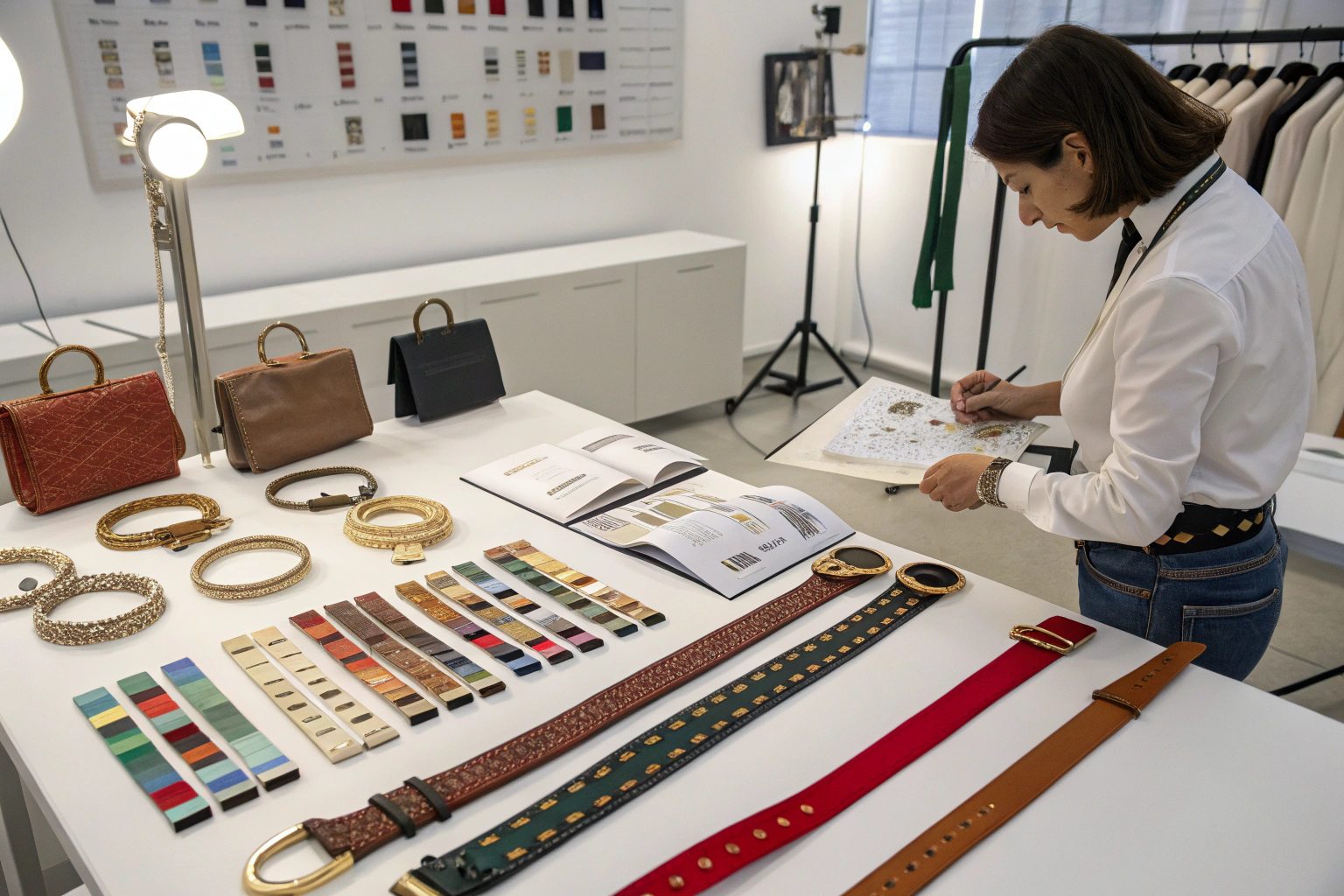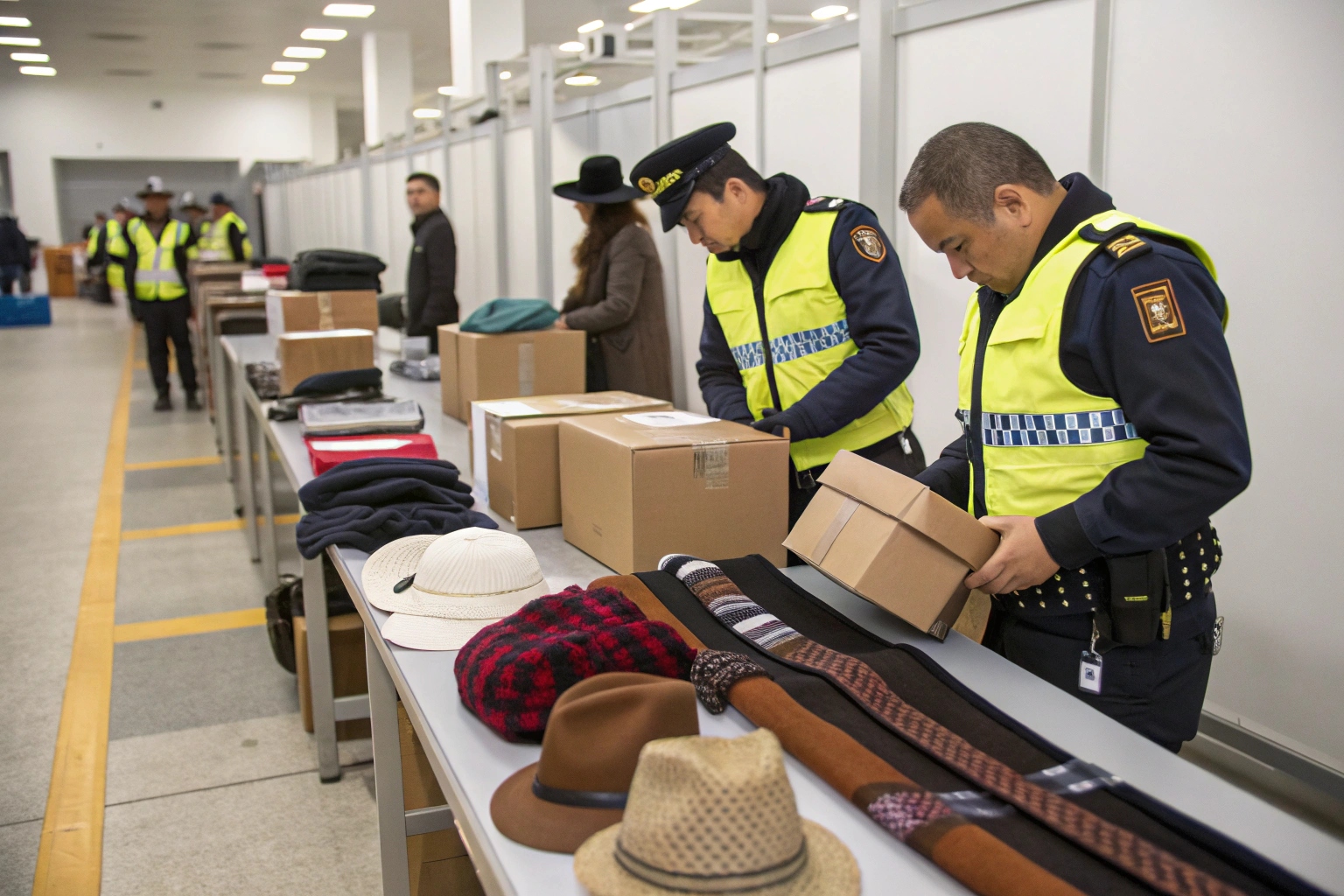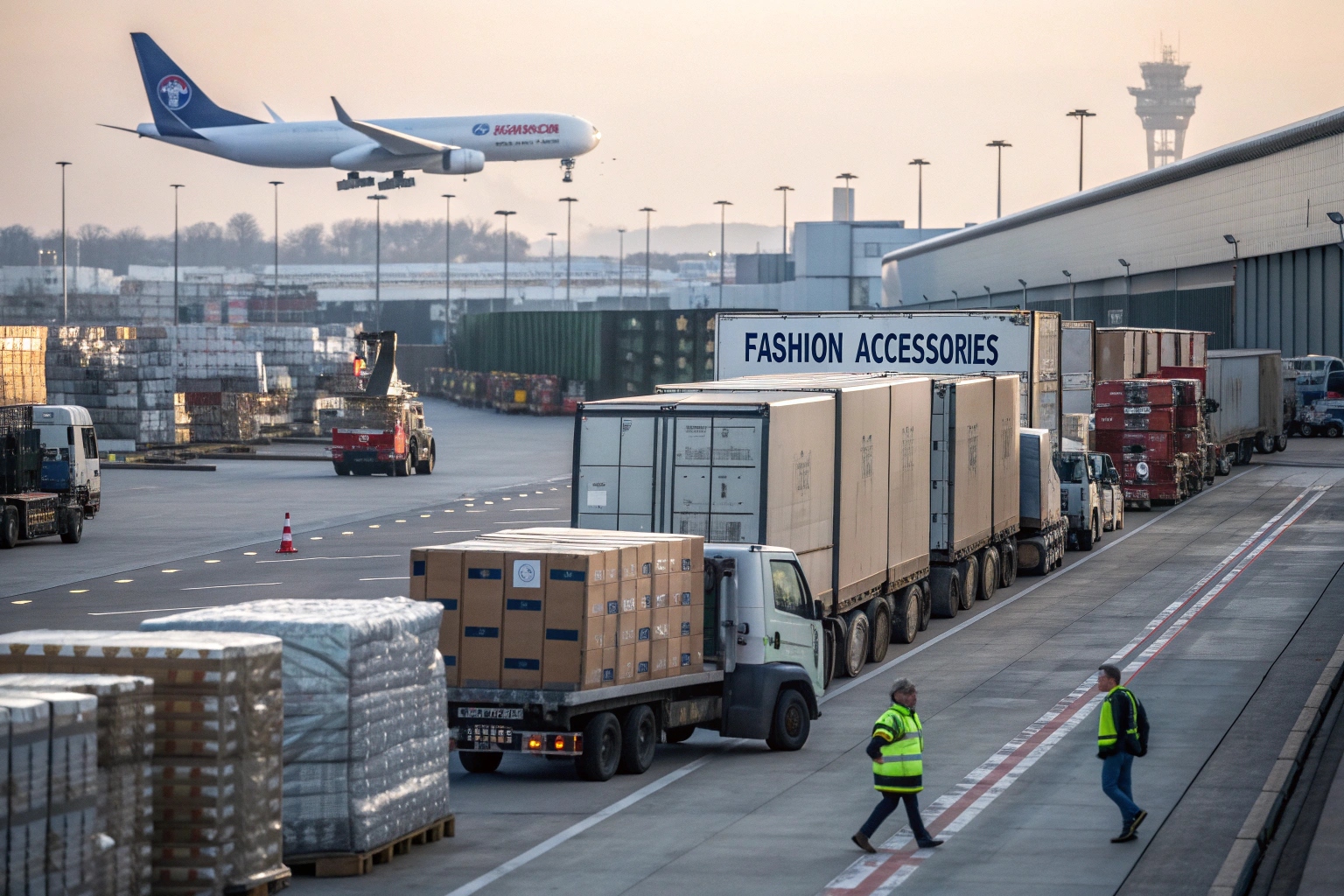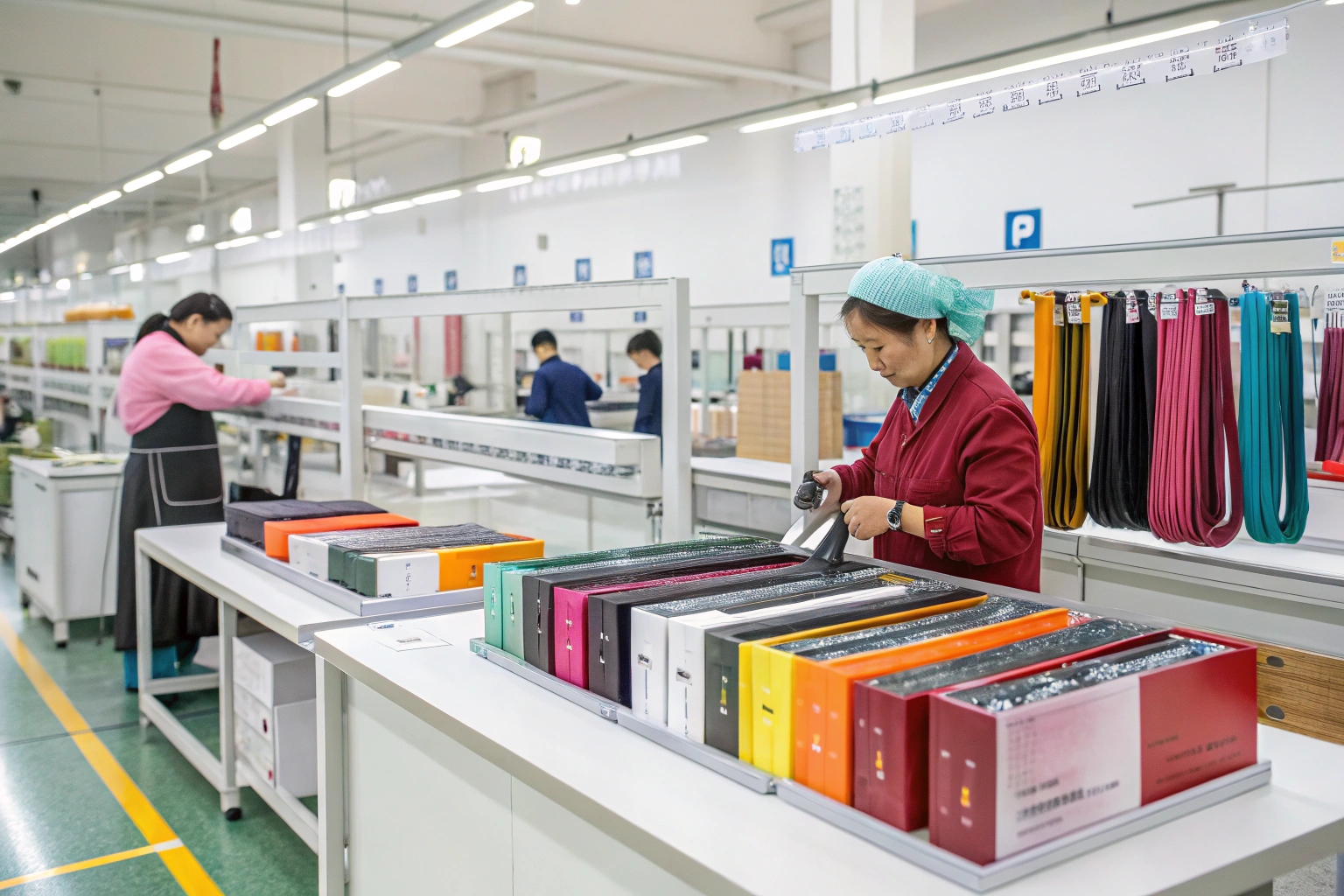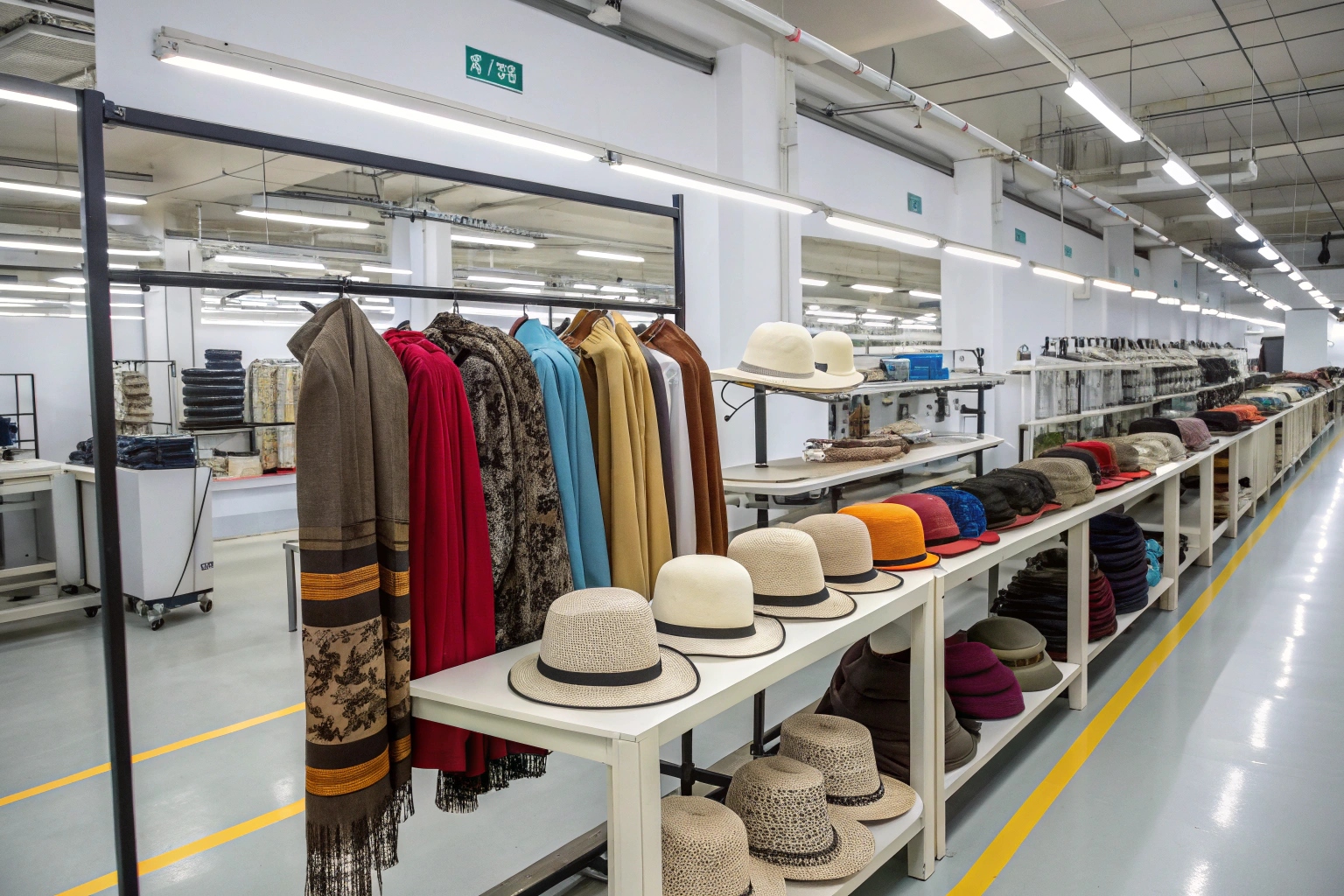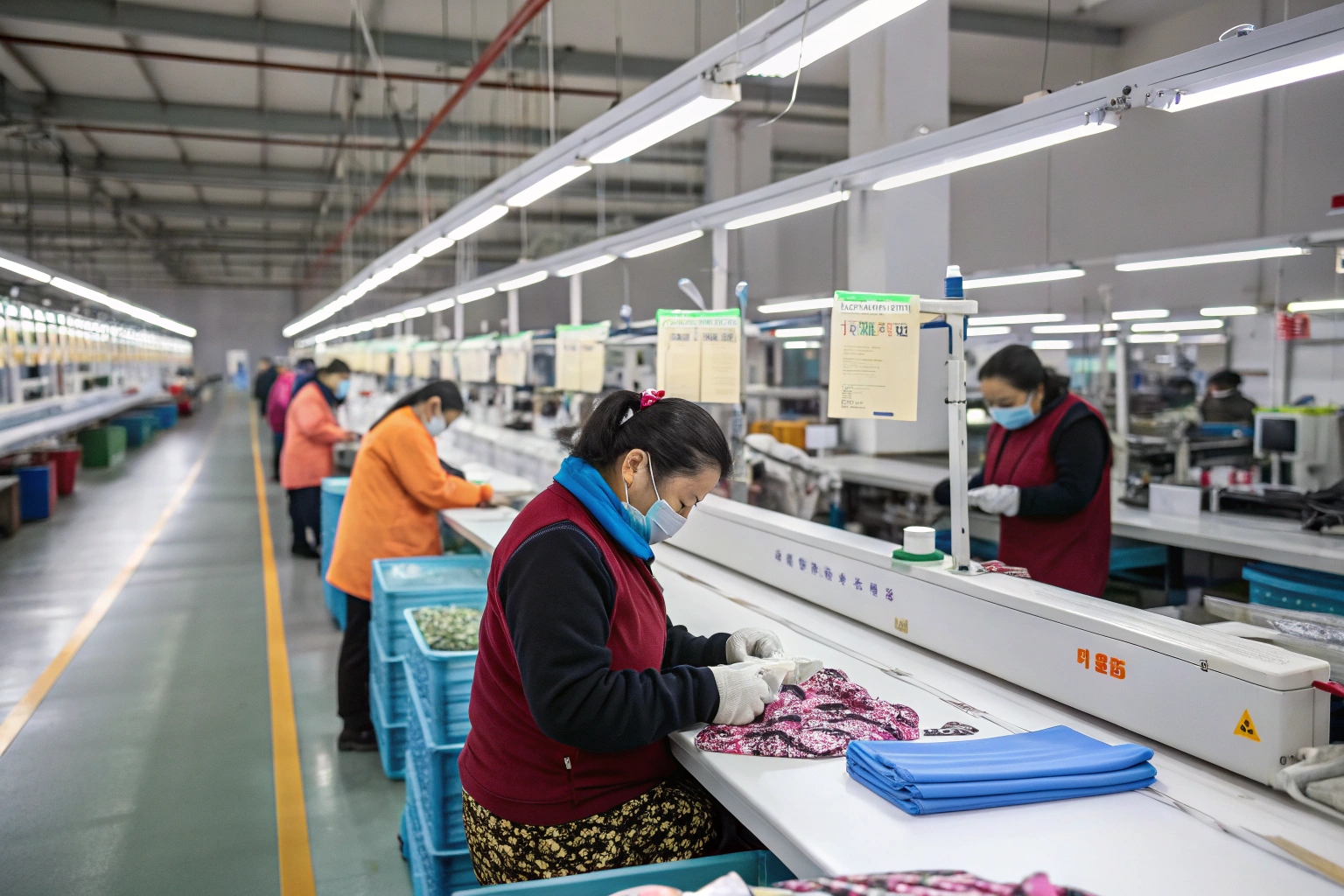Beach accessories are highly seasonal—and timing is everything. Whether you're sourcing straw hats, UV umbrellas, or waterproof bags, any delay or quality issue can leave you missing peak sales periods.
To succeed with beach accessory sourcing and shipping, focus on off-season procurement, reliable factories, weather-resistant packaging, and smart freight strategies aligned with retail timelines. The goal is not just low cost—but consistent, on-time delivery with retail-ready quality.
At AceAccessory, we’ve handled beach accessory exports for clients in the U.S., Europe, and Australia. This guide shares everything we’ve learned from packing straw hats in humid Zhejiang to coordinating tropical season arrivals in Miami.
When is the best time to source beach accessories?
Timing your sourcing is just as important as the products themselves. The wrong timeline can lead to stock-outs, missed promotions, or leftover stock at the end of summer.
The best time to source beach accessories is Q4 for sampling and Q1 for mass production, giving you time to meet spring/summer retail cycles in North America and Europe.
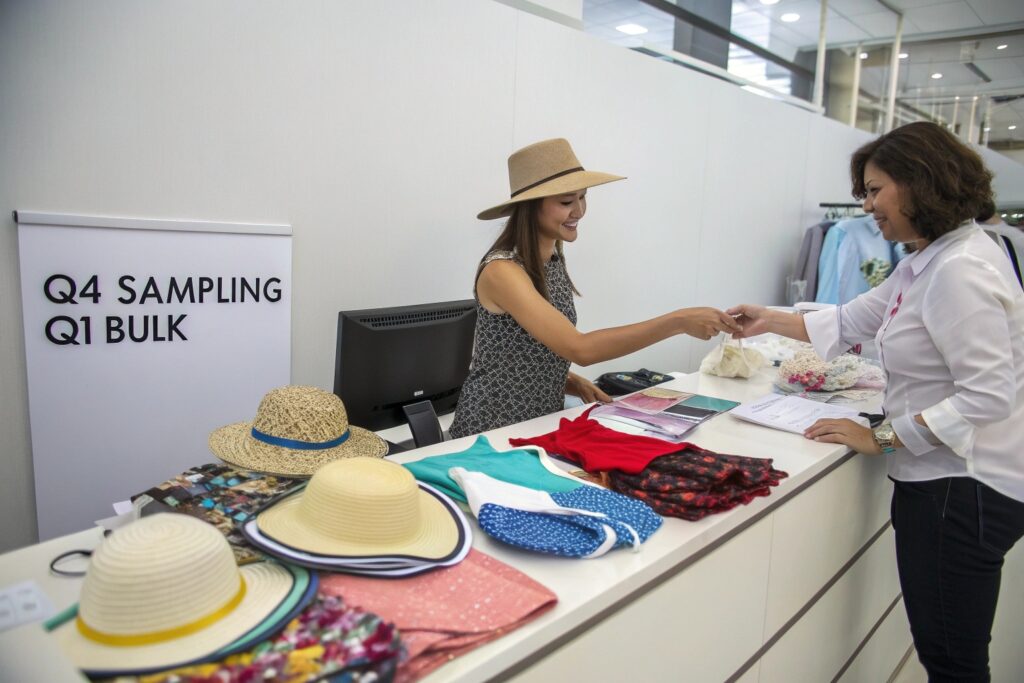
Why is Q4 the ideal time to begin sourcing?
Starting in Q4 (October–December) allows time for:
- Trend research and style forecasting
- Sample review and testing
- Packaging and labeling development
This aligns with major buyers’ buying seasons and gives you room to revise before Chinese New Year production closures.
What if you source too late?
Sourcing in Q2 or later puts pressure on production, limits shipping options, and increases air freight costs. You also risk factory capacity conflicts with other seasonal orders like umbrellas or festival items.
How to select reliable factories for beach accessories?
Not every accessory factory can handle beachwear-grade production. You need partners who understand UV testing, sand-resistant materials, waterproof packaging, and seasonal logistics.
Choose factories with seasonal product experience, environmental material expertise, fast sampling capabilities, and packaging designed for humid environments.
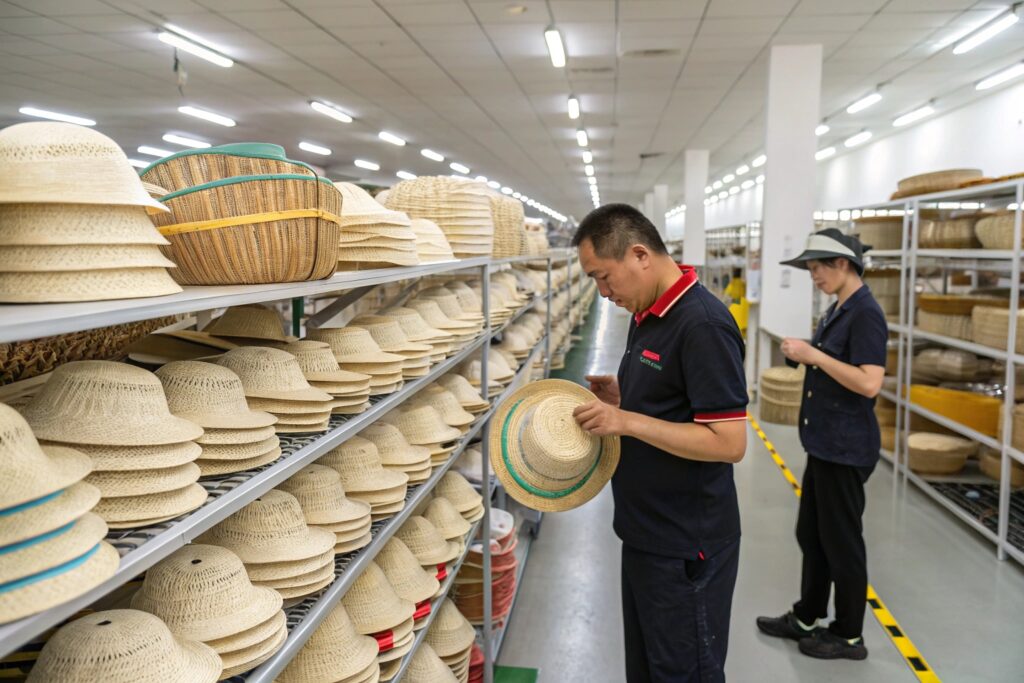
What certifications or capabilities should they have?
Look for:
- UV-resistant certification
- Water-repellent coating capabilities
- Eco-materials like raffia, RPET, or straw alternatives
- Sedex or BSCI certification for ethical sourcing
Ask to see their seasonal export history—if they’ve shipped to beach-focused retailers or summer capsule brands, they’ll understand how to meet your deadlines.
What are signs of a weak or unprepared supplier?
Watch for vague responses on fabric breathability, lead times beyond 45 days, or missing sample photos. A reliable factory should provide product mockups and clear ETA forecasts before you commit.
How to package beach accessories for long-distance shipping?
Beach accessories are bulky, flexible, and often heat-sensitive. Improper packaging during long shipments can crush, warp, or mold your product—especially in summer.
The best packaging strategy combines shape protection, moisture resistance, and carton optimization for air and sea freight conditions.
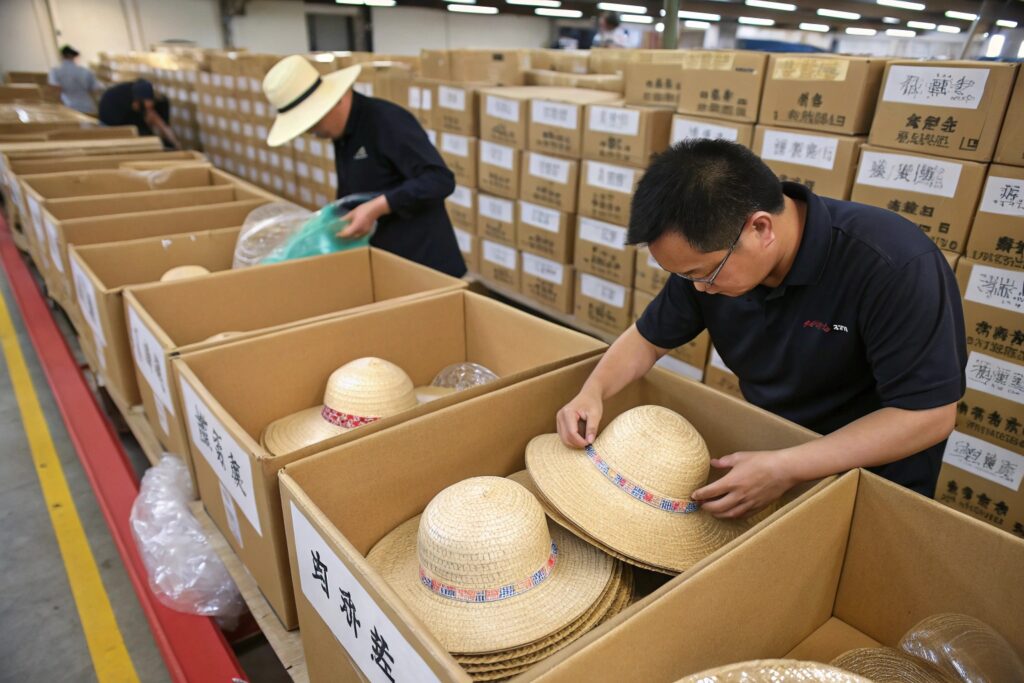
How do you protect shape and structure?
Straw hats and large visors must be nested, not stacked. Use crown support rings and breathable polybags. Avoid vacuum packing—flattened brims can’t recover.
For beach totes or flip flops, reinforce side walls with cardboard sleeves and avoid plastic seals that trap humidity. Always include silica gel for anti-mold assurance.
What are carton tips for sea vs. air freight?
- Sea freight: Double-wall cartons, plastic wrap inside, avoid floor stacking
- Air freight: Weight-optimized packaging, avoid bubble wrap (adds weight), use polyfoam inserts
Label clearly with SKU, material type, and handling icons. This prevents damage during port inspections.
What are the best shipping methods for beach accessories?
Shipping beach accessories isn’t just about cost. You have to consider seasonality, urgency, and carton size. The wrong method could delay delivery past summer or cost you more than the product itself.
The best method balances cost, transit time, carton dimensions, and season window—usually LCL sea freight for bulk, and air or DDP express for top-up orders.
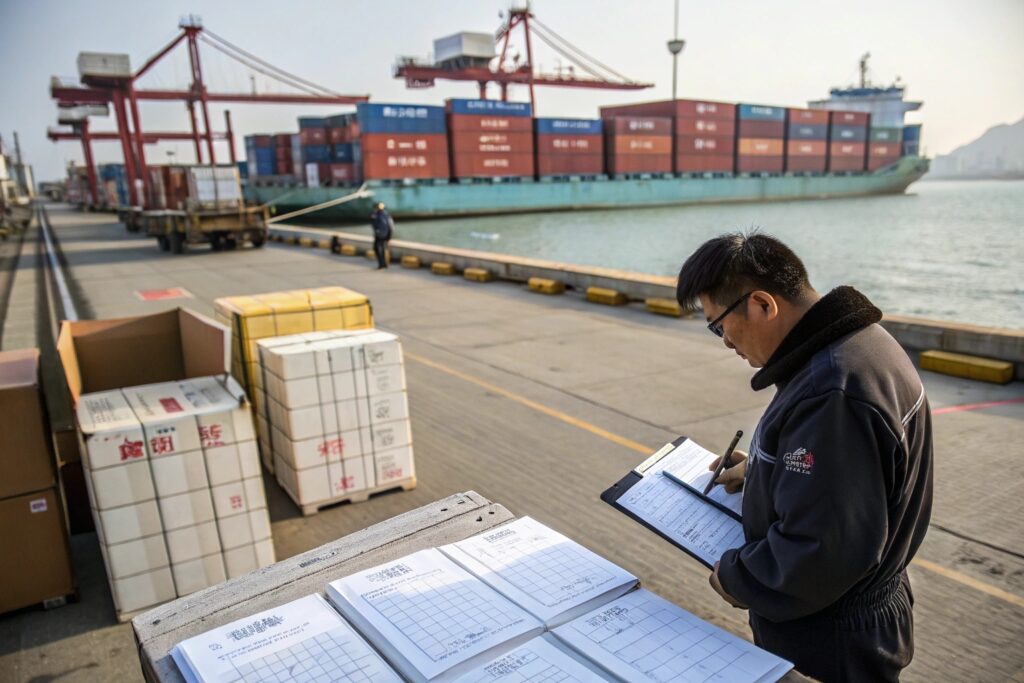
When should you use sea freight?
Use sea freight (FCL or LCL) for pre-season inventory shipments. It's ideal if you:
- Order in Q1 or earlier
- Ship over 2 CBM per order
- Have 30+ days before delivery deadline
Make sure your supplier offers CIF or DDP shipping options with customs included.
What if you're behind schedule?
Use air freight or DDP express (e.g., UPS Expedited, SF Express Global). We often recommend economy air options with carton consolidation to reduce cost.
Also consider warehousing options in the destination country for next-season restock or B2B fulfillment.
Conclusion
Beach accessories are high-margin, high-risk if handled poorly. From sourcing timelines to packaging and freight, every detail affects whether your products reach shelves on time and in perfect condition.
At AceAccessory, we help brands and retailers source, pack, and ship their summer lines—on time, every season. Whether you're planning for straw hats, UV wraps, or coastal-themed totes, we’re ready to keep your summer shipments on track from factory to beachfront.

